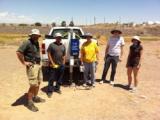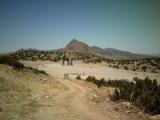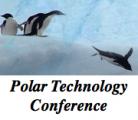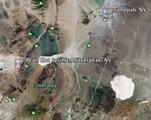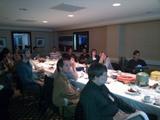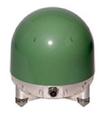
Nanometrics Inc., manufacturer of the Trillium series of broadband sensors, has recently updated the response for Trillium models 120 and 240.
PASSCAL provides these new response files for Antelope in our FTP download area.
A new posting, "Updated Instrument Response for Trillium_120, Trillium_240 (2 Generations) and Taurus", provides information and links to Antelope response files; it is available here.
If you have questions about using these new response files, please contact pmiller [at] passcal [dot] nmt [dot] edu (Pnina Miller) of the Sensor Group.


